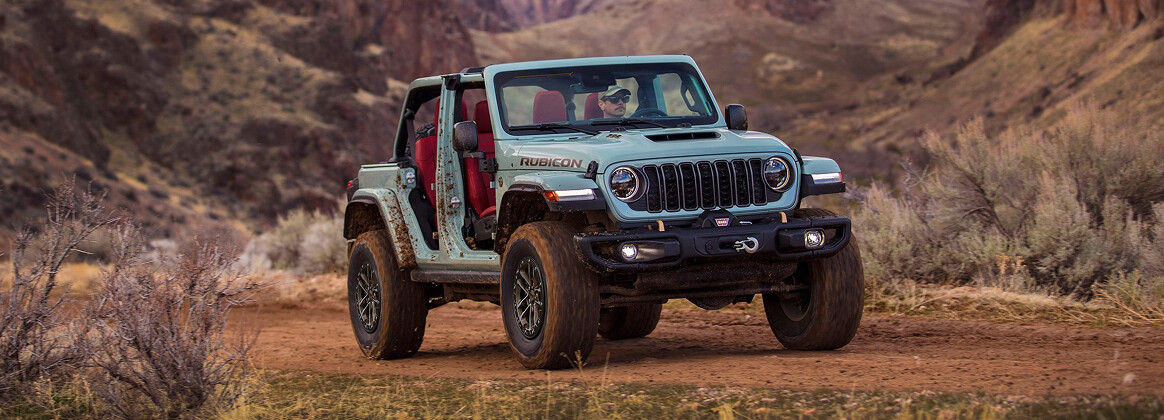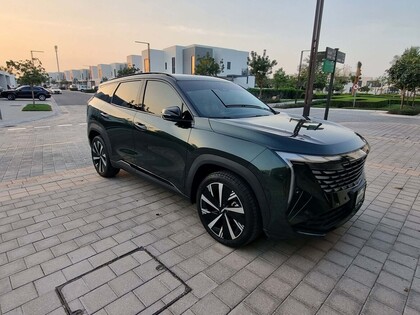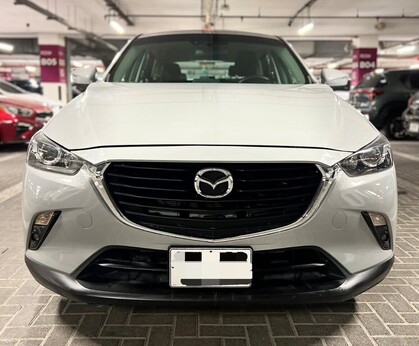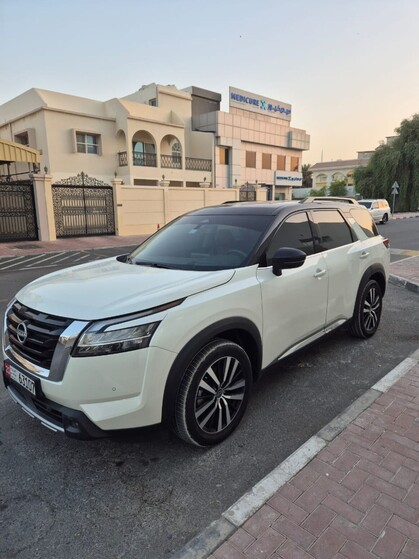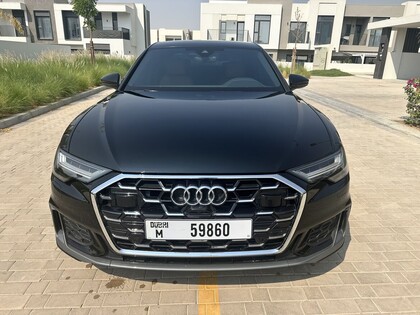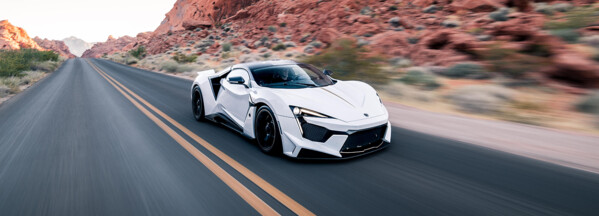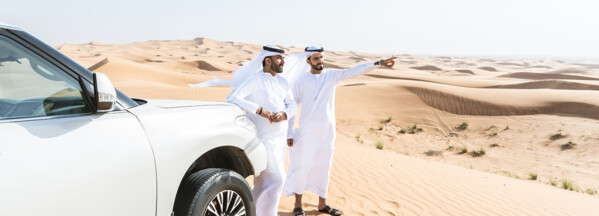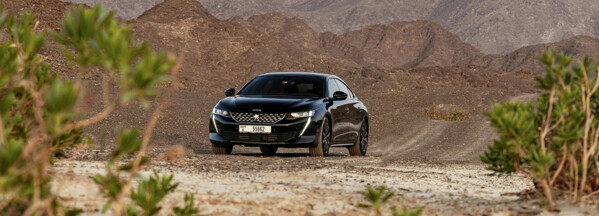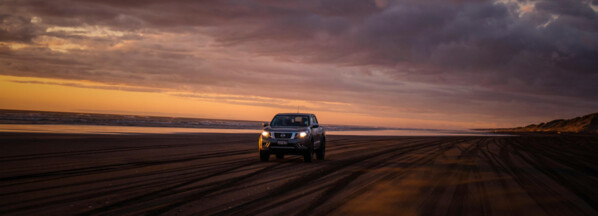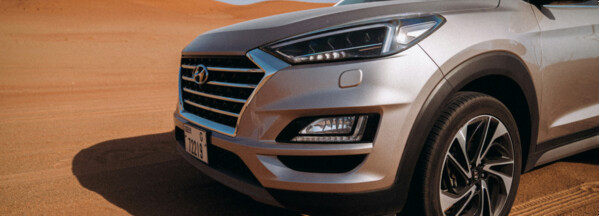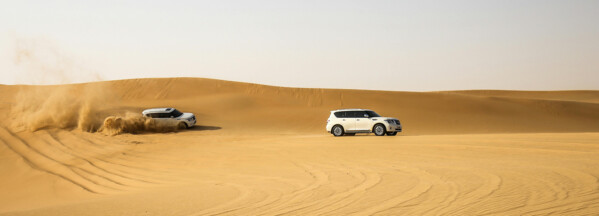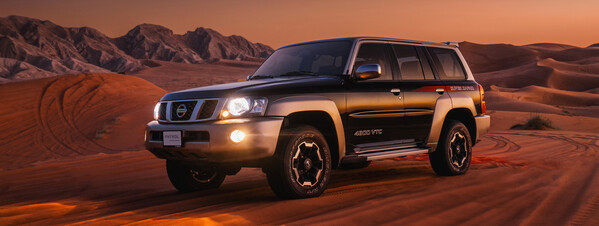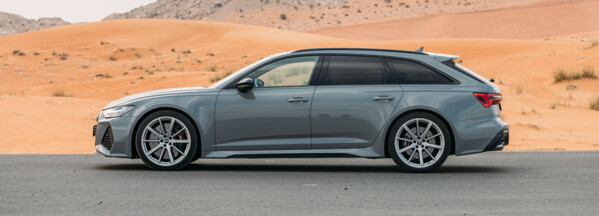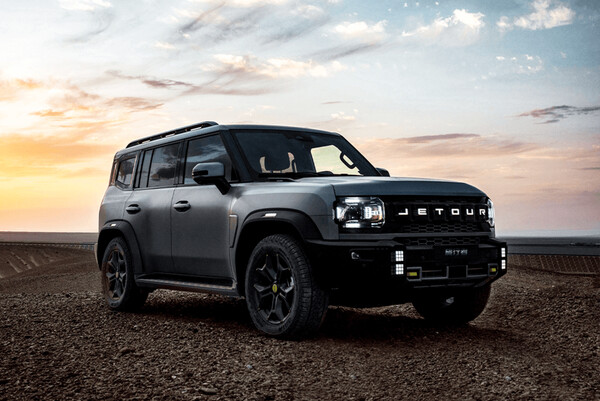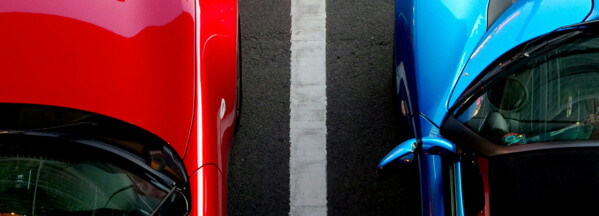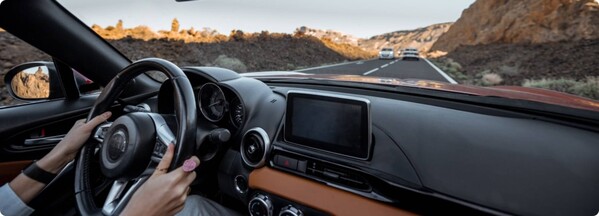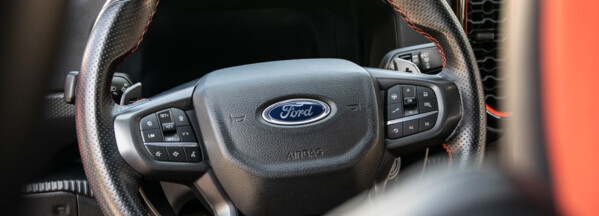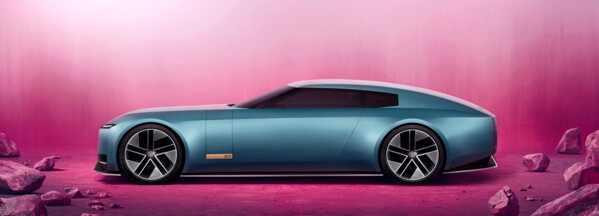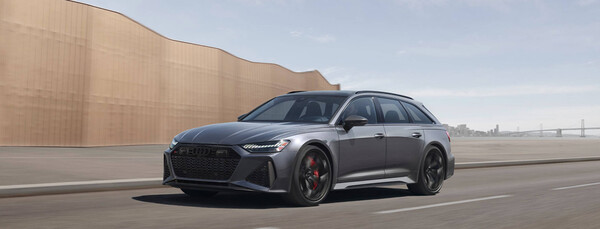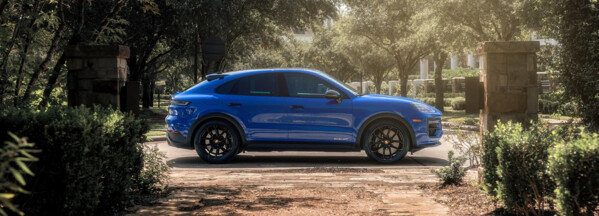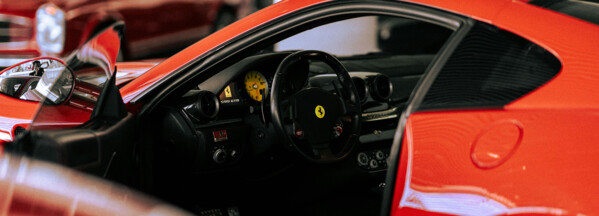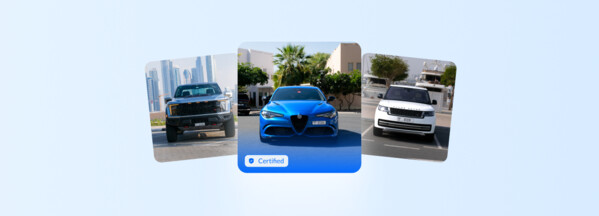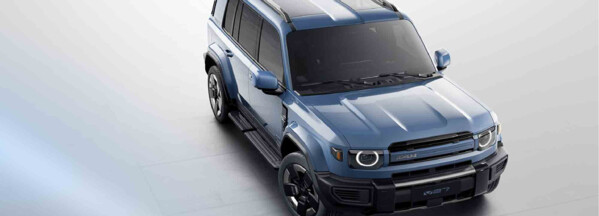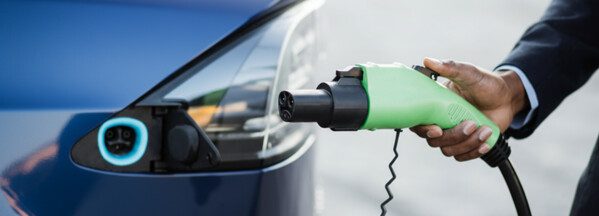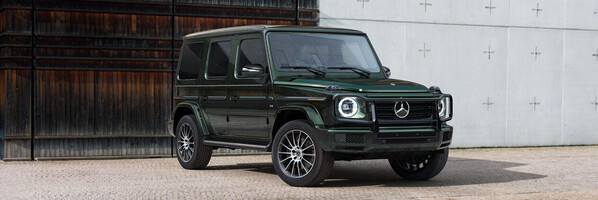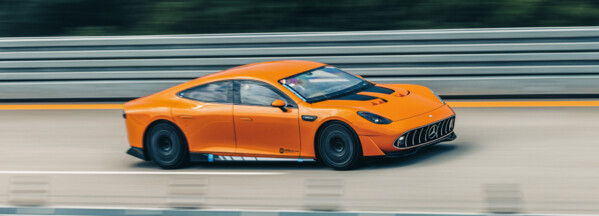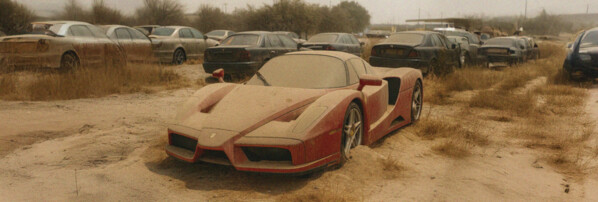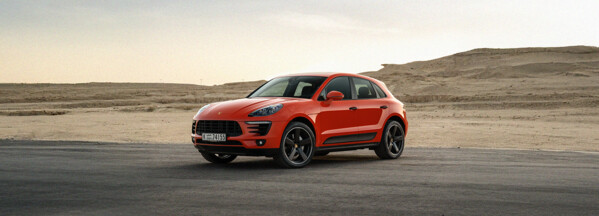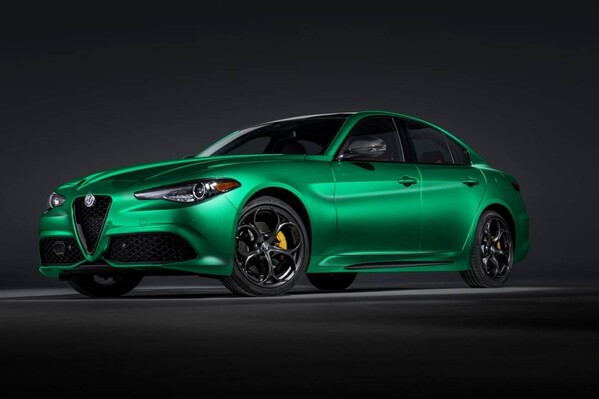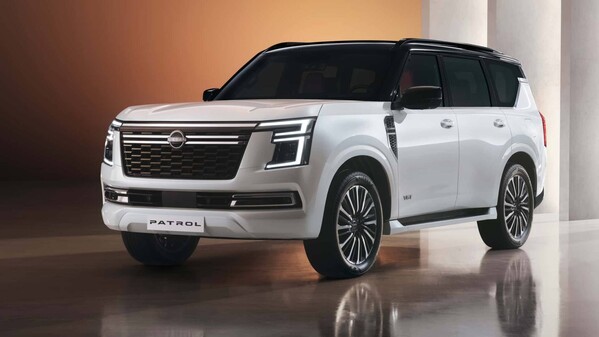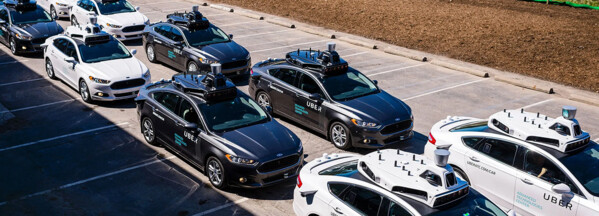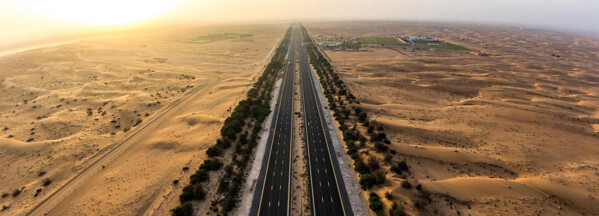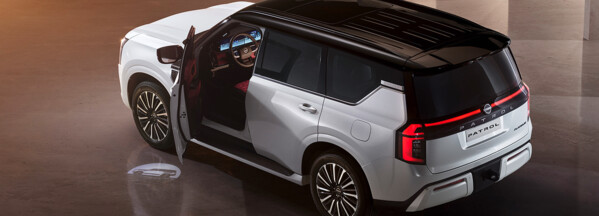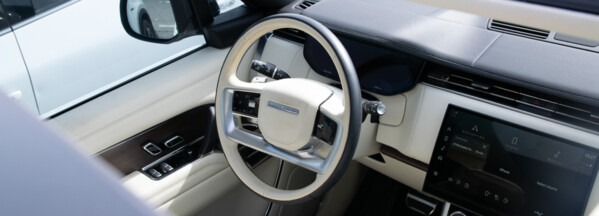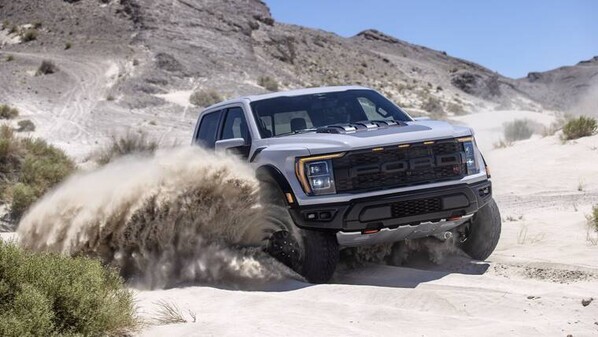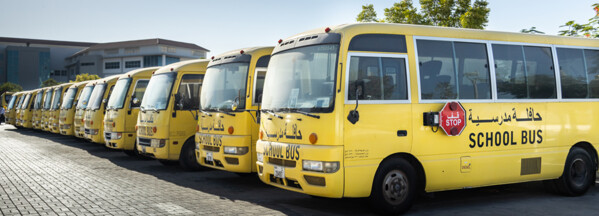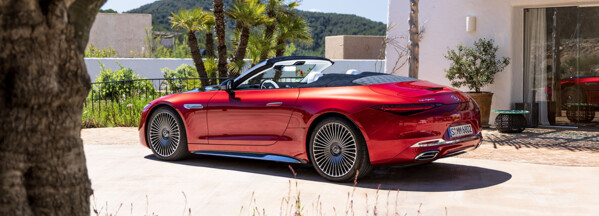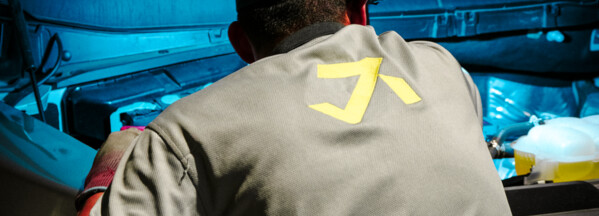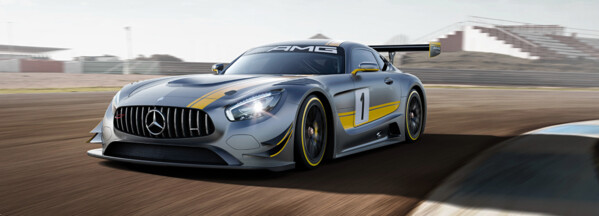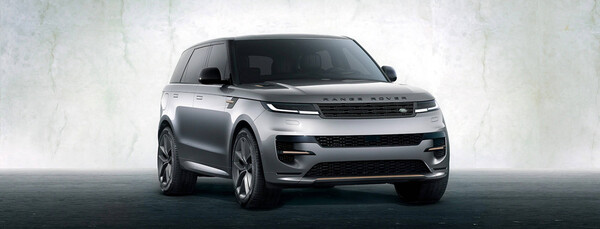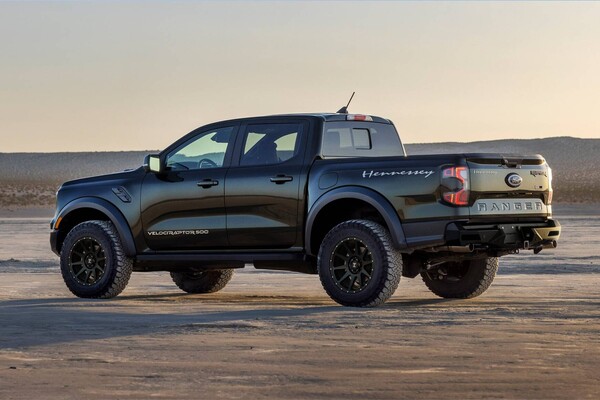Few vehicles in automotive history can claim a lineage as storied and purposeful as the Jeep Wrangler. While officially bearing its current name only since 1986, the Wrangler's DNA stretches back over eight decades to the battlefields of World War II, where necessity birthed one of the most enduring and recognizable vehicles ever created. This is the remarkable story of how a military reconnaissance vehicle evolved into an American icon that continues to capture hearts and conquer terrain around the world.
Born from War, Built for Victory
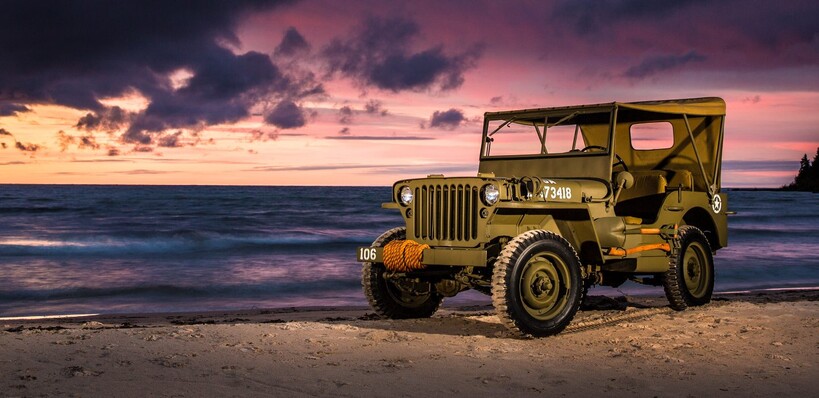
The Wrangler's origin story begins in 1940, when the U.S. Army issued a challenging requirement to American automakers: design and build a lightweight, four-wheel-drive reconnaissance vehicle capable of navigating the diverse and demanding terrains of global warfare. The specifications were strict—the vehicle needed to be compact, reliable, and versatile enough to serve multiple roles from battlefield courier to mobile command post.
Several manufacturers submitted proposals, but it was Willys-Overland that ultimately secured the contract with their innovative design. The resulting vehicle, designated the Willys MB, would prove to be far more than just another piece of military equipment. Between 1941 and 1945, over 360,000 MB units rolled off production lines, serving with distinction across every theater of World War II.
The MB's impact was so significant that General Dwight D. Eisenhower later declared it "one of the three decisive weapons the U.S. had during World War II," alongside the Dakota transport plane and the landing craft. This wasn't mere hyperbole—the MB's reliability, versatility, and go-anywhere capability made it indispensable to Allied forces, earning it legendary status among soldiers who relied on it daily.
The Civilian Revolution
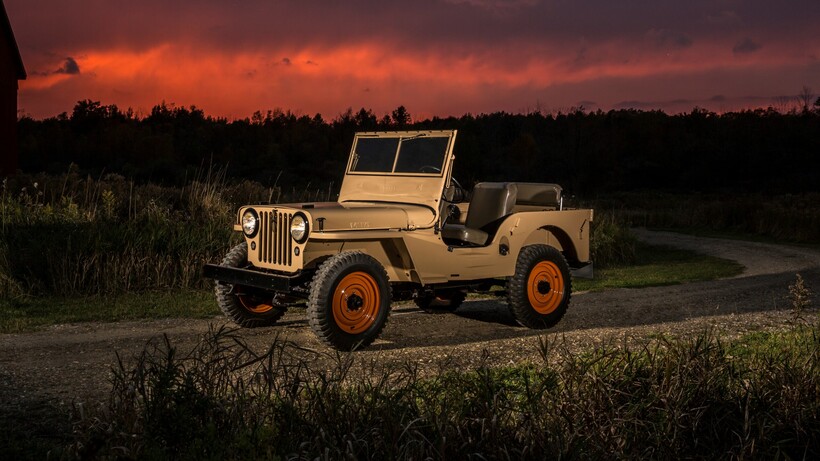
Recognizing the potential for peacetime applications, Willys-Overland introduced the CJ (Civilian Jeep) in 1945, making automotive history as the world's first mass-produced civilian four-wheel-drive vehicle. The CJ retained the MB's rugged construction and capability while adapting it for agricultural, industrial, and recreational use. Farmers found it perfect for navigating rough terrain, utility companies appreciated its versatility, and adventurous civilians discovered the joy of off-road exploration.
The CJ series proved remarkably successful, with continuous production spanning four decades. Through various iterations—CJ-2A, CJ-3A, CJ-5, CJ-7, and others—over 1.5 million units were built between 1945 and 1986. Each generation refined the basic formula while maintaining the essential characteristics that defined the Jeep experience: open-air motoring, body-on-frame construction, solid axles, and uncompromising off-road capability.
Enter the Wrangler Era
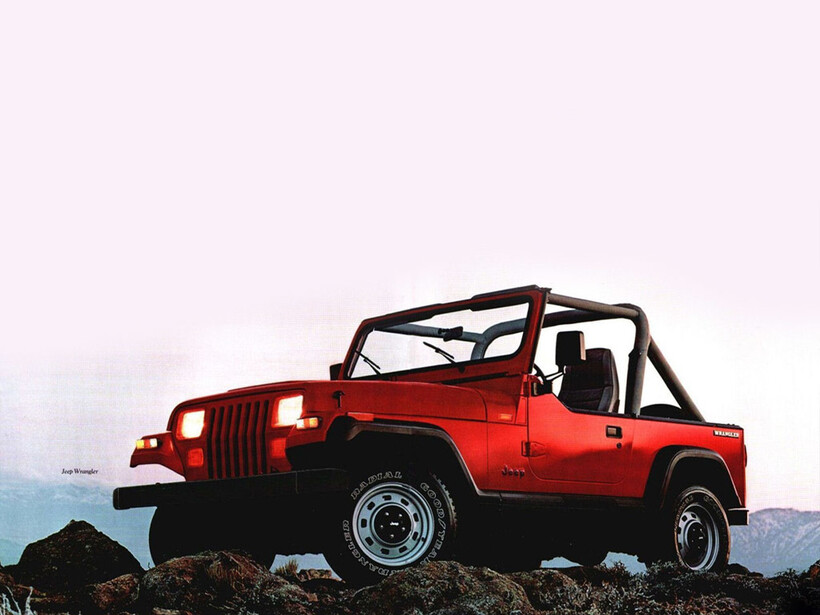
By the mid-1980s, automotive safety regulations and changing consumer preferences demanded a more modern approach. At the 1986 Chicago Auto Show, Jeep unveiled the successor to the beloved CJ series: the Wrangler. While not a direct replacement, the Wrangler preserved the CJ's essential spirit while incorporating contemporary safety features, improved comfort, and refined engineering.
The first generation, internally designated YJ, ran from 1987 to 1995 and introduced several distinctive features that would define the model line. Most notably, the YJ featured square headlights—a controversial departure from the round units that had characterized Jeeps since World War II. Despite initial resistance from purists, the YJ proved that evolution and tradition could coexist, offering improved on-road manners without sacrificing off-road prowess.
Technological Evolution
The 1997 TJ generation marked a return to round headlights, satisfying traditionalists while introducing significant mechanical improvements. The most important change was the adoption of coil-spring suspension, replacing the leaf springs used since the MB. This upgrade dramatically improved ride quality and articulation, making the TJ more comfortable on pavement and more capable off-road.
The TJ era also saw the introduction of the Unlimited model, featuring a longer wheelbase for increased interior space and cargo capacity while maintaining the two-door configuration. This expansion demonstrated Jeep's commitment to broadening the Wrangler's appeal without abandoning its core mission.
The 2007 JK generation represented the most comprehensive redesign in Wrangler history. Completely new body, frame, and suspension components transformed the driving experience while preserving off-road capability. Most significantly, the JK introduced the four-door Unlimited variant, finally addressing long-standing criticisms about practicality and family-friendliness.
Modern Renaissance
Today's JL generation, launched in 2018, continues this evolution while embracing contemporary powertrain technology. The introduction of a turbocharged four-cylinder engine, EcoDiesel option, and plug-in hybrid 4xe variant demonstrates how the Wrangler adapts to changing times while maintaining its essential character.
The current Wrangler lineup offers unprecedented variety, from the hardcore Rubicon models designed for serious off-road enthusiasts to more comfort-oriented variants suitable for daily commuting. Advanced features like removable doors and roof panels, sophisticated four-wheel-drive systems, and modern infotainment technology prove that rugged capability and contemporary convenience need not be mutually exclusive.
An Enduring Legacy
From its wartime origins to its current status as a lifestyle vehicle, the Jeep Wrangler represents something unique in automotive history: a vehicle that has remained true to its core purpose while continuously evolving to meet changing needs. Its distinctive silhouette remains instantly recognizable, its capability continues to set benchmarks, and its passionate community of owners ensures that the Wrangler spirit will endure for generations to come.
In an era of increasing automotive homogenization, the Wrangler stands as a testament to the enduring appeal of purpose-built design, authentic capability, and the freedom that comes from owning a vehicle that can take you anywhere your sense of adventure leads.

